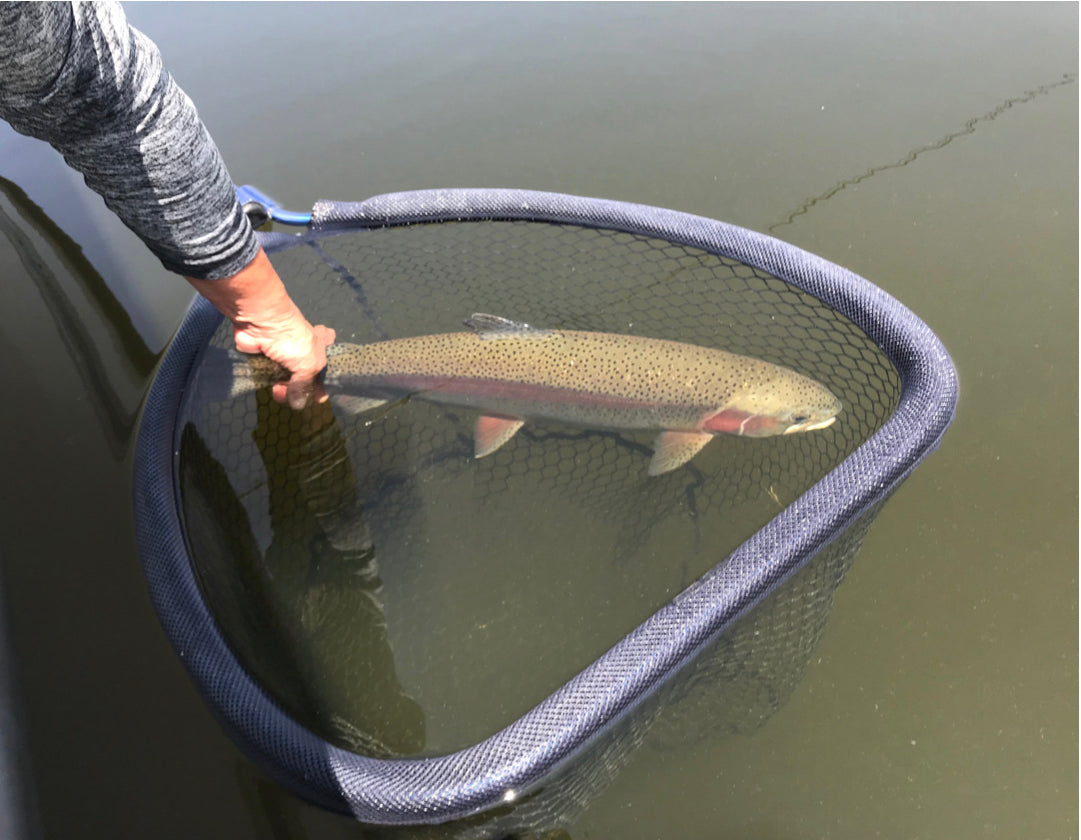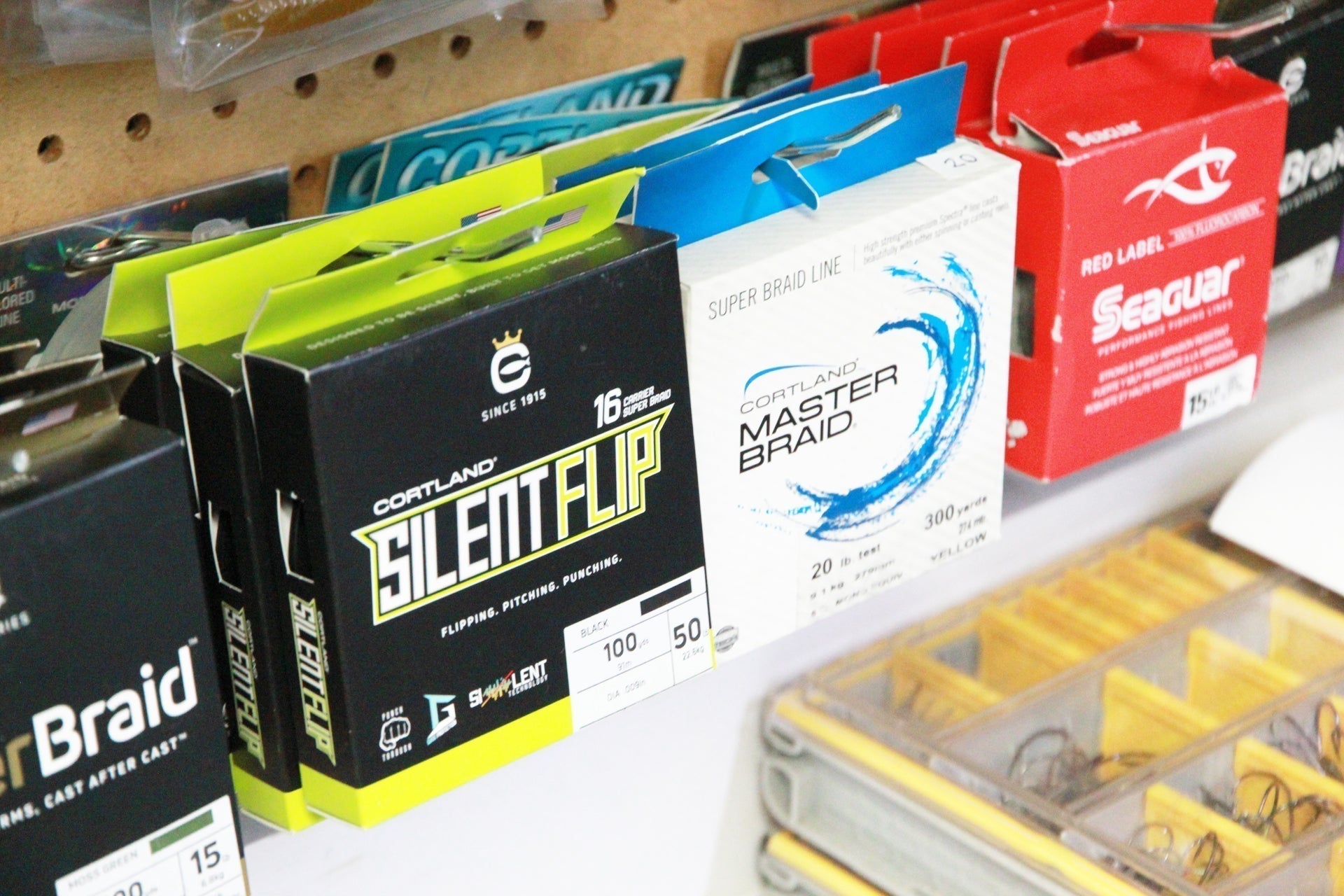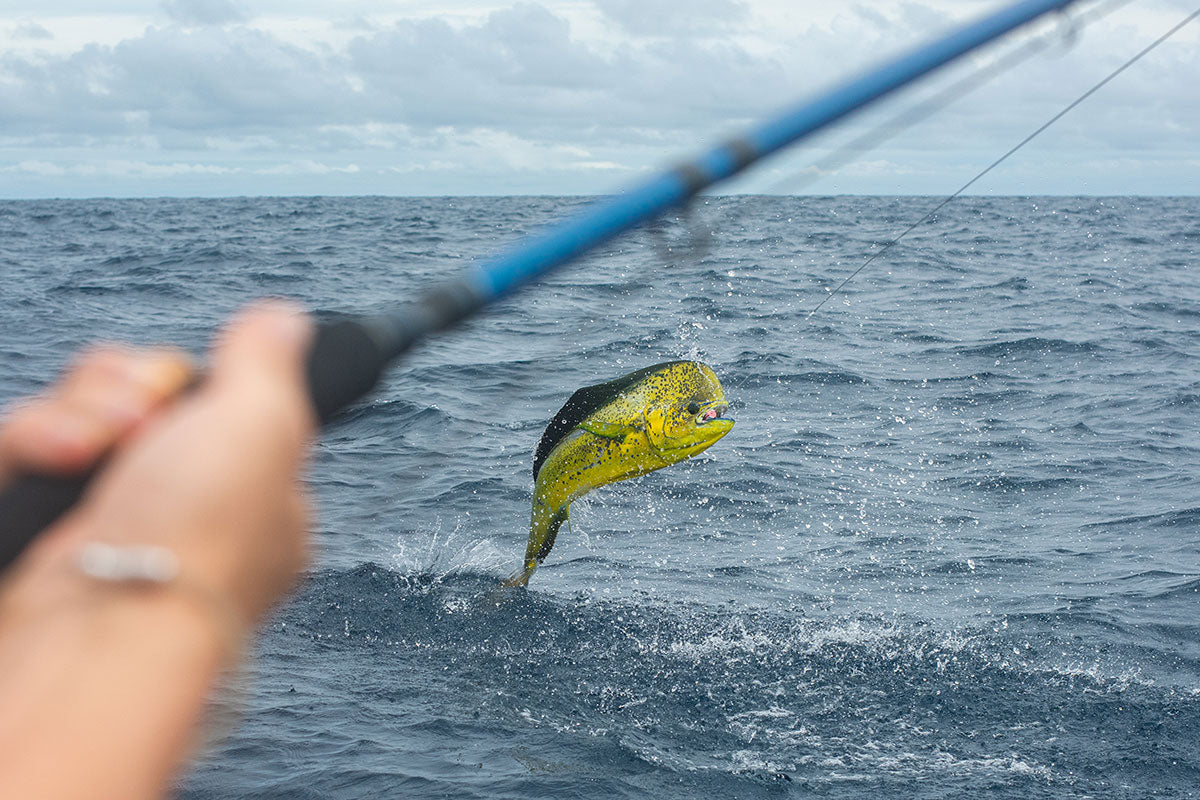Article Written by Ernie Gulley. Article Read Time: 5 Minutes
If you are looking for some of the best trout fishing in the Eastern Sierra, Crowley Lake, CA is the destination that tops many fly fishing anglers stillwater list. Located in the Eastern Sierra of California just over 20 miles North of Bishop and 13 miles south of Mammoth Lakes, CA. Crowley is about 12 miles long and 5 miles across at its widest point. Its a perfect prototype of a stillwater environment for trout. It sits at an ideal elevation just short of 6,800’ feet, perfect elevation so that the lake is not hot during the summer and not too cold through winter season.

The depth of the lake at full pool is 100’ and has four major creek sources for cool water that runs into the lake for the entire season: Upper Owens River, McGee Creek, Convict Creek, Hilton Creeks and Crooked Creek. The lake also has an ideal ph. on the alkaline side which is essential for aquatic bug growth and is known for its prolific chironomid or midge hatches. The chironomid hatches are by far the main food source for the entire season, however Damsels, Callibaetis, Leeches, Snails and especially Perch Fry are super high in protein to supply this stillwater with as much food the fish can eat to comfortably hold over thru the long harsh winter months.

Prolific Crowley Lake Midge Hatch
Fish typically are stocked mostly in the fall and are from 3” to 10” in length. With the biomass of unlimited food sources, fish have been documented with a growth rate as high as 8” per year. Crowley Lake is mostly set up as a large shallow mud flat that are very gradual and flat in most areas ranging from 3 feet of water up to about 25 feet.

Black Zebra Midge nymphs (Chironomid Nymphs)
Chironomid fishing is by far the main reason why anglers flock to this stillwater destination to fish these giant mud flats while the fish gorge themselves on chironomid hatches that can come off every day up to three times a day. Indicator fishing started in the late 1980’s at Crowley and since its beginnings has revolutionized the art of fishing chironomids under an indicator. I have seen so many adjustments of leaders and different indicator setups its become a state of the art and complex stillwater fishing technique at Crowley and around the world in our stillwater fishing applications.

Crowley Lake Rainbow Trout
Lets break down a typical day and season at Crowley Lake where you can chironomid fish from the end of April all the way to the end of October and be successful fishing chironomids throughout the season. Crowley Lake opens with the general season the last Saturday of April and ends on November 15th. Boating season ends on October 31, however you can still float tube and fish from shore until November 15th.
When the lake opens at the end of April and into May you can find a few different scenarios depending on how long the winter has held on in the area. Typically you can start finding fish right away in the 20 to 25 feet range and you can deepwater indicator fish for them or run a type 7 fast sinking line vertically (dangling technique) to get to them fishing around 6” to 12” off the bottom of the lake floor.

Searching bottom with a full sinking fly line
In some years like the past few years we have been pleasantly surprised to find these fish in the 10’ to 14’ foot range and that is a bonus to be able to use a fixed indicator system and not a sliding indicator system. As we move into June and July and the water starts to warm along with our first algae bloom we are out fishing in the 20’ to 30’+ foot range with sliding indicators systems.


Once the perch fry start to hatch around the third week of July the fish will move in and try to feed on the fry in the shallow areas that have feeder creeks bringing in cool and oxygenated water. This is the time you can fish the best of both worlds with a chironomid on the bottom of your leader and a perch fry imitation as your top fly about three feet above your chironomid. Anglers will try to find flat mud areas alongside the weed line areas and the fishing becomes amazing because the trout are concentrated in the same areas of depth and easy to find. This will continue to be very good all the way thru September at different areas of the lake.
October is tougher to find the fish concentrated because the weeds are dissipating, water temperature is dropping and becomes the same temperature all over the lake and the fish are spreading out now. Its typical to find concentrations of fish anywhere from 5 feet all the way out into 25 feet of water so again Fall Fishing becomes very tough.
My typical day of fishing and guiding on Crowley with Chironomids goes thru many, many, many changes to keep up with the moving trout up and downs in the water column and how we can try to stay in the best zone where the fish are feeding throughout the day.
 Early morning, no hatches coming off the water I will always start with blood midges right on the bottom 4” to 6” of the bottom of the lake floor. I would suggest to have at least 6 different blood midge colors to choose from and make changes frequently if you are not getting any grabs.
Early morning, no hatches coming off the water I will always start with blood midges right on the bottom 4” to 6” of the bottom of the lake floor. I would suggest to have at least 6 different blood midge colors to choose from and make changes frequently if you are not getting any grabs.

Examples of different midge patterns
Once you find the right combination you will immediately know by getting a lot of grabs over and over by the fish. I will stay with the bloodworm for as long as it continues to work. Just because you see a hatch coming off doesn’t mean you need to change to the pupa if you continue to have grabs on the blood midge, stay with what is working.
Once you see the pupa starting to emerge and you stop getting grabs on the blood midge, make the change to the pupa immediately. Bring your flies farther up of the bottom 12” to 15” inches and make sure you continue to change colors if you are not getting grabs at a good rate.

I would suggest you have at least 12 or more different pupa variations so that you can dial in what the fish are looking for. A properly done throat sample can give you the correct color and size the fish are keying in on and get the party started. Be sure not to throat sample any fish that are under the 15” category so you wont hurt or kill the fish. Once the hatch is over and you start to slow down on your grabs, continue to change colors. I like to also go back down closer to the bottom with blood midges as well as the darker pupa patterns and don’t be afraid to continue to make these changes. If you see other anglers around you still hooking fish you know your still in the right area. You need to change up your colors, size and depth to figure out what they are feeding on and don’t be afraid again to make the changes.

Dark Chironomid Pattern
This is my philosophy and techniques to try to dial you in for good chironomid fishing at Crowley Lake. However these techniques will work for anglers on any stillwater fish for trout!
Good Luck, tight lines and please protect our valuable resources wherever you fish for trout!
About the author
Ernie Gulley has been guiding on California waters for over 40 years, including Crowley Lake, Bridgeport Reservoir, Big Bear Lake, and Lake Silverwood. He specializes in stillwater fishing tactics and is known for his presentations and guest speaking programs.
To book a trip with Ernie or read about his many still water tactics and technique blogs, check out his website here.


